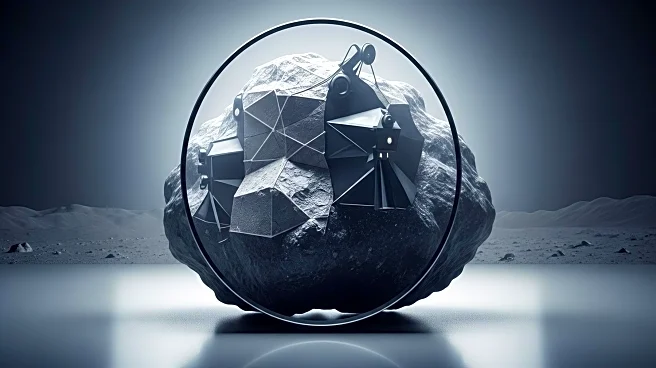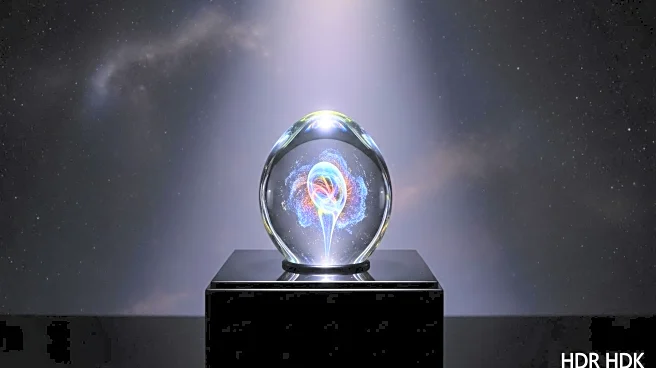What's Happening?
Researchers have confirmed that the Silverpit Crater in the North Sea was formed by an asteroid impact over 40 million years ago. The crater, discovered in 2002, had been the subject of debate, with alternative theories suggesting geological processes as its origin. Using modern 3D seismic imaging and drill cuttings, the team led by Uisdean Nicholson of Heriot-Watt University provided definitive evidence of its cosmic impact origin. The findings include impact features such as a central uplift and secondary craters, confirming the asteroid hypothesis.
Why It's Important?
The confirmation of the Silverpit Crater as an asteroid impact site adds to the understanding of Earth's geological history and the role of cosmic events in shaping the planet. This discovery contributes to the limited number of confirmed impact sites, offering insights into the potential effects of future asteroid impacts. Understanding these events is crucial for developing strategies to mitigate the risks of asteroid collisions, which could have significant implications for global safety and environmental stability.
Beyond the Headlines
The preservation of the Silverpit Crater provides a unique opportunity for scientists to study the immediate aftermath of an asteroid impact, including chemical reactions and geological changes. This research could enhance predictive models for future impacts, aiding in the development of global defense strategies. The study also highlights the importance of revisiting scientific debates with new technology, which can lead to breakthroughs in understanding Earth's history and processes.










